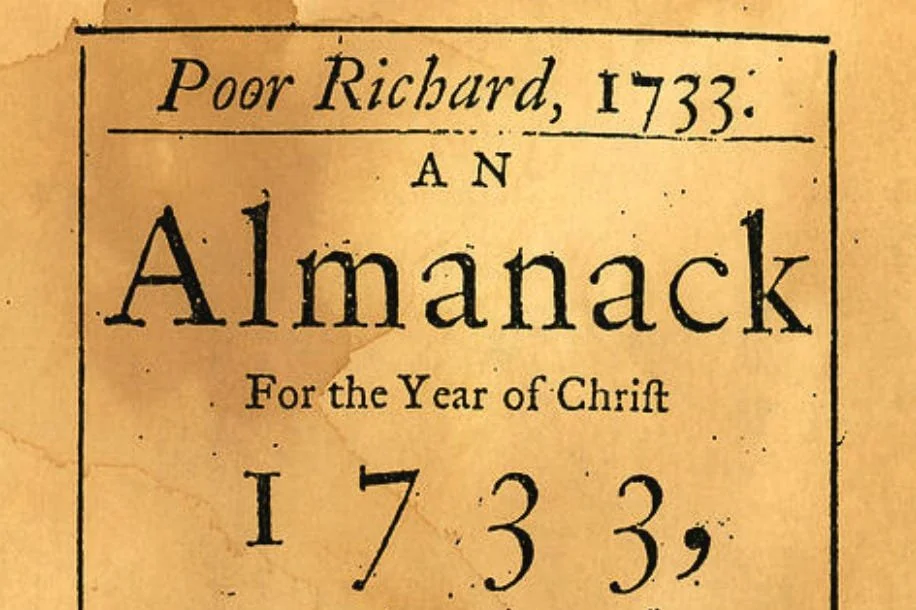By Michael-Patrick Moroney
On a foggy spring morning in San Francisco, Dan Siroker, the former Optimizely cofounder who now runs an AI startup called Limitless, clipped a matte-black pendant to his shirt and let it listen. The device, which Limitless sells as a kind of external memory, recorded every joke and side comment in the room. Before the espresso arrived, everyone had a crisp, searchable summary of what they had said. Siroker calls it an elegant way to stop arguing about who promised what. Detractors call it a wearable subpoena. Either way, the pendant is real, it ships, and it signals the start of a new phase of human conversation in which the machine does not just answer you, it remembers you.
Punching a time clock when your work day is done, free to do as you please until tomorrow
We have lived through this pattern before. Industrial whistles taught agrarian families the rigor of the clock. The broadcast era glued the country together with shared punch lines and moral references. The internet took the glue apart again, letting subcultures flourish in a billion shards. Personalized AI moves the shift inward. The tool is in your ear or on your collar, listening as intently as it replies.
Two forces make the timing feel inevitable. Hardware shrank enough to sit on your face or wrist, and the language models got small and private enough to run on the chip beside your cheekbone. Ray-Ban’s Meta glasses already turn French or Italian into English through open-ear speakers, no phone required, and Apple’s Live Translation is scheduled to ship later this year for AirPods as part of iOS 19, powered by on-device Apple Intelligence rather than the cloud. The promise is intimacy without latency, and privacy handled locally rather than by faith.
The product landscape is both crowded and uneven. Limitless sells a pendant that captures your day and then drafts your follow-ups. Amazon just bought Bee, a fifty-dollar bracelet that writes you an AI diary at night, although reviewers at The Verge found it just as happy to transcribe Netflix dialog as personal confidences. Translation earbuds like Timekettle’s X1 juggle forty languages and ninety-three accents with a small but noticeable lag. And Humane’s once-hyped AI Pin is the cautionary tale. HP is buying its assets for $116 million, the cloud will go dark on February 28, 2025, and only a narrow band of buyers will get refunds. The first wave of ambient AI hardware is here, but it is not guaranteed to stay.
Kilito Chan
Culture is already drifting. A July 2025 study by Common Sense Media, reported by Teen Vogue and the New York Post, found that a majority of American teens are using AI companions, and about forty percent say they bring the phrasing they practice with bots back into real life. That is why you hear “iterate on that” at a high-school lunch table. Another survey, from the dating assistant Wingmate, reports that forty-one percent of Gen Z adults have used AI to write a breakup text. We are outsourcing not only memory but tone, apology, and the awkwardness of goodbye.
The cognitive effects are trickier to measure but are starting to show up in the literature. Microsoft Research surveyed 319 knowledge workers and found self-reported reductions in critical-thinking effort and confidence after four weeks of heavy use of generative AI. No one is claiming that ChatGPT melts neurons. The more mundane lesson is that any muscle atrophies if you never let it lift. We saw it with GPS and spatial navigation. We will see it with argumentation if we let the assistant pre-write every memo and pre-summarize every meeting.
Black Mirror’s “The Entire History of You”
What follows is predictable, and still unsettling. Memory becomes a class divide: one side forgets nothing, the other lives by impression and gut. Politeness inflates because language models respond better to courteous prompts, so people learn to sound cordial even when they do not feel it. City councils begin drafting visible-record rules for wearables, copying two-party consent laws that already govern phone calls. And families negotiate an off switch at dinner, the same way they once negotiated where the smartphones could sleep.
Project the trend line five years and you can sketch the scene. By 2026, eight-hour earbuds quietly summarize meetings before anyone stands up. The following year, Zoom and Teams push those summaries and action items straight into Asana and Jira. In 2028, a privacy-first city like San Francisco or Boston mandates that always-listening devices display an LED or play a chime. By 2029, the first consumer brain-computer hybrids, born in accessibility labs, allow silent note-taking by thought. In 2030, AI literacy shows up on public-school syllabi next to media literacy, and students learn not just how to prompt but how to doubt. Those dates are projections, but the enabling pieces are already on the table.
Benjamin Franklin was the original American "PDF Hustler."
Benjamin Franklin copied proverbs into Poor Richard’s Almanack because the act of distilling them made him sharper. The temptation of whisperware is to skip the distillation. Let the pendant remember, let the glasses translate, let the model find the nicest way to say “we are done here.” Used well, these tools free us for bigger leaps. Used lazily, they turn spontaneity into autocomplete. The choice, as always, is cultural before it is technical. We should build the etiquette, the consent signals, and the personal habits that keep the human voice at the center. The whisper in your ear can be a prompt. It does not have to be a script.




